How to Sell on Amazon for Beginners in 2024
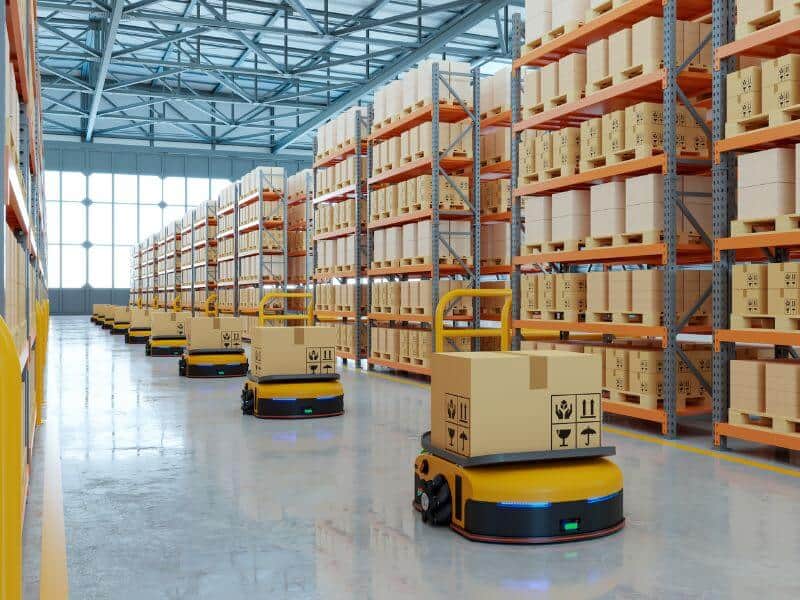
Did you know that 73% of Amazon sellers in the United States use FBA to fulfill their orders? These services are done by Amazon Freight forwarders.
Like any other business, you will require specific skill sets, some investments, the ability to research the right products, and many more.
As an Amazon FBA expert from an Amazon FBA Freight Forwarder forwarder with over a decade of experience, I can confidently say that selling on Amazon is still a highly profitable business in 2024.
Let’s learn How to Sell on Amazon for Beginners in 2024:
- Why is Selling on Amazon Beneficial for Businesses?
- Required Information to Sell on Amazon
- How to Sell on Amazon for Beginners Step-by-Step Guide?
- Choose the Business Model
- Amazon FBA vs Amazon FBM
- What products sell on Amazon the most?
- Finding a Profitable Product
- Criteria for Best-selling Products
- Setting Up Your Amazon Seller Account
- Product Fulfillment
- How to Source Products for Amazon FBA
- Amazon Advertising Strategies
- Expanding to International Markets
- FAQs
1. Why is Selling on Amazon Beneficial for Businesses?
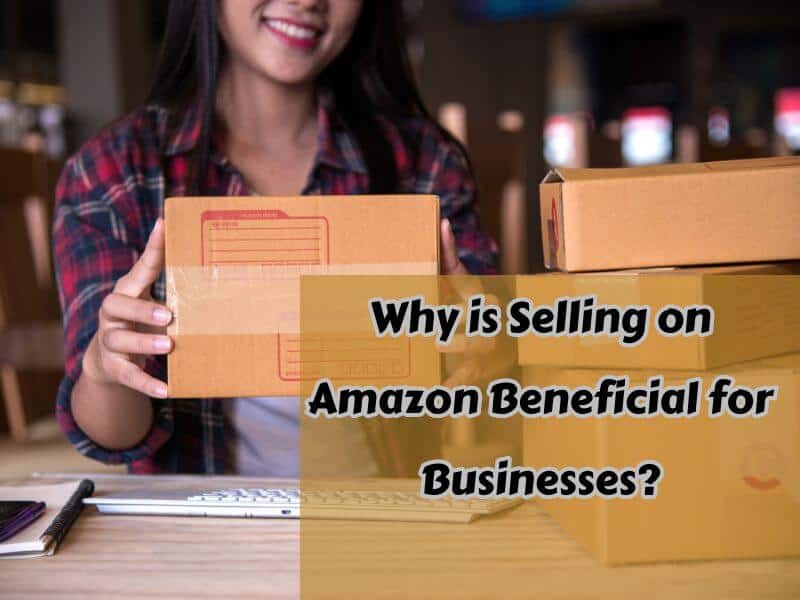
- You will be able to access Amazon’s huge customer base of more than 310 million active users around the globe (Source: AMZ Scout). This means your products can reach a large audience.
- Amazon is a reputable site. Before purchasing anything, 51% of people consult Amazon concerning the product (Staitsta).
- The company stores, picks, packs and ships FBA products for you as they conduct other parts of your business.
- If you want to access the Amazon Business Selling Program, you should be able to reach a profitable B2B market.
Read More: Complete Amazon Warehouse Locations
2. Required Information to Sell on Amazon
When setting up your Amazon seller account, you’ll need to provide the following information:
- Business email address
- Internationally chargeable credit card
- Government ID
- Tax information
- Phone number
Read more: What documents are required to Ship from China to Amazon?
3. How to Sell on Amazon for Beginners Step-by-Step Guide
Now that you have aware of the basics, so let’s dive into the real business and know how to sell on Amazon especially if you are a beginner and want to start this business in 2024.
4. Choose the Business Model
When starting your Amazon FBA journey, you must first decide what kind of business model to go for. Every model has unique advantages, disadvantages and challenges.
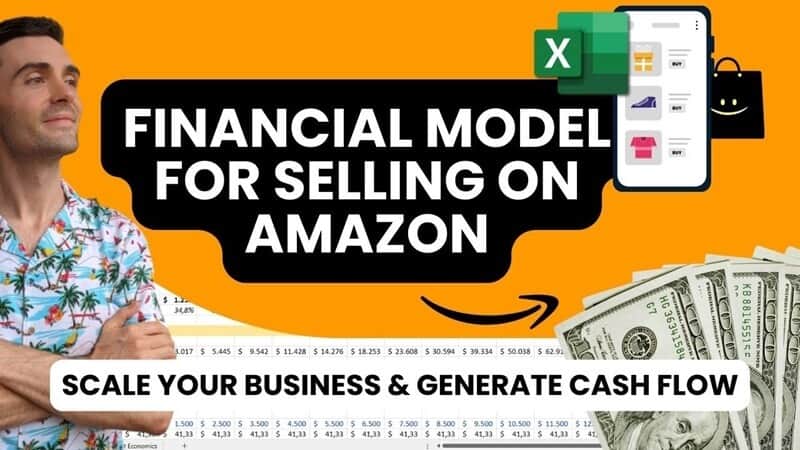
I’ve learned from my experience as a seller that recognizing these disparities is key.
On Amazon, there are five different types of business models. Some are suitable for small businesses with a small budget and others are beneficiary for large organizations. So, know the business model before you open your wallet.
Private Label
What is private labeling? It is the creation of a supermarket brand, and thereafter sourcing for different products made by various manufacturers to be sold under your own label. For instance, it would be possible for you to find a seller on Alibaba.
You can find numerous Chinese manufacturers ready to help with your project on Alibaba. If you are wondering how to buy from Alibaba and sell on Amazon, don’t worry.
To succeed with private labels, identify high-demand low-competition niche markets.
Spend time researching suppliers, negotiating prices, and creating compelling product listings. Continuously monitor your sales and customer feedback as ways of making improvements and growing your brand.
Pros:
- You have control over branding, pricing, and product design.
- Higher profit margins are possible compared to reselling other brands.
Cons:
- Requires more upfront investment in product development and inventory.
- Building a trusted brand and customer loyalty takes significant time and effort.
Manufacturers and Wholesalers
The process of working with manufacturers and wholesalers means that one needs to source products directly from those companies that produce or distribute them on a large scale.
For example, you may choose to team up with an organic skincare product manufacturer and sell their items under their current brand name on Amazon. In this way, you can take advantage of well-known names in the industry as well as popular product lines.
Develop solid relationships with reliable suppliers who can guarantee the quality of their products and timely shipment to excel in this model. Competitive pricing coupled with customized listings helps attract customers.
Deliver top-notch customer service for high positive ratings and reviews.
Pros:
- Leverages existing products and brands, reducing risk compared to private labels.
- Buying directly from the manufacturer is often cheaper than through wholesalers.
Cons:
- Lots of competition selling the same products as you.
- Manufacturers may prioritize large wholesale orders over small direct buyers.
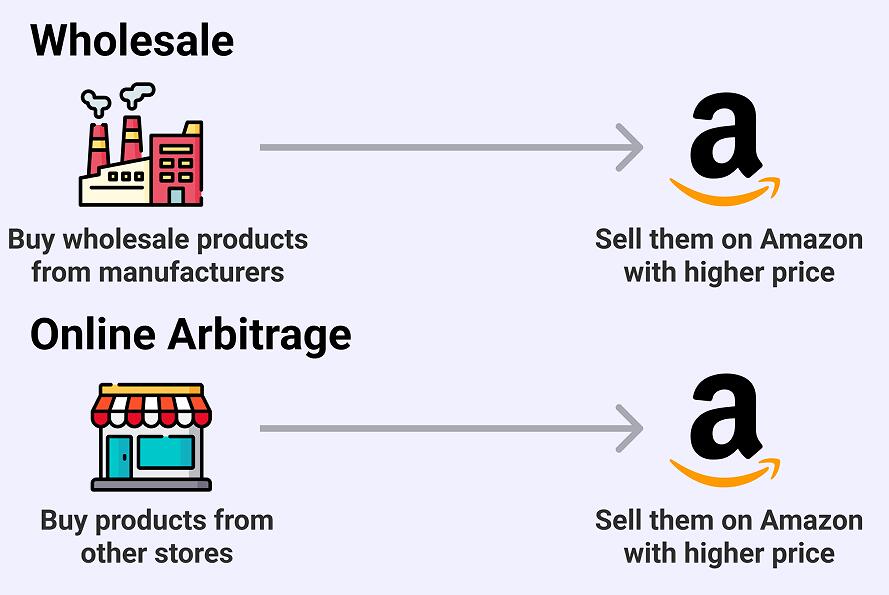
Retail Arbitrage
Retail arbitrage is where you purchase items on sale from a brick-and-mortar store and resell them on Amazon for a profit.
Such as discovering a closeout at a local department store, and buying many toys that have been discounted, then listing them on Amazon with an increased price. This model demands little initial capital and can be initiated quickly.
To do retail arbitrage effectively, one has to develop the ability to spot lucrative deals. For instance, the Amazon Seller tool app uses scans of item barcodes to determine their profitability.
Pros:
- Easy to get started with minimal upfront costs.
- You can take advantage of store clearance deals to maximize profits.
Cons:
- Very time-consuming to source enough inventory.
- Profit margins are slim after factoring in Amazon’s fees
Online Arbitrage
Online arbitrage is similar to retail arbitrage, but instead of buying from physical stores, you source products from online retailers and resell them on Amazon.
For instance, you could find a great deal on a popular electronics item on a website like eBay, purchase it, and then list it on Amazon at a markup. This model expands your sourcing options beyond your local area.
To try this tactic we would suggest searching for clearance or sale items in stores like Walmart, Target, Kmart, Home Depot and Lowes.
It may also be worth looking into second-hand products that you could sell on. Use the Amazon Seller app to scan items in-store and see how much they’re selling for online.
For example, you can scan a used pair of sneakers and find out that you can sell them for 50% more than what the store is selling them for.
Pros:
- Source a wide variety of products from the comfort of your home.
- Requires less startup capital than wholesale or private label.
Cons:
- Lots of competition from other online arbitrage sellers.
- Profit margins are lower due to Amazon fees and competitive pricing.
Dropshipping
With drop shipping, vendors can sell products via Amazon without keeping inventory themselves. When the customer places an order, one buys an item from another distributor who delivers it directly to him/her.
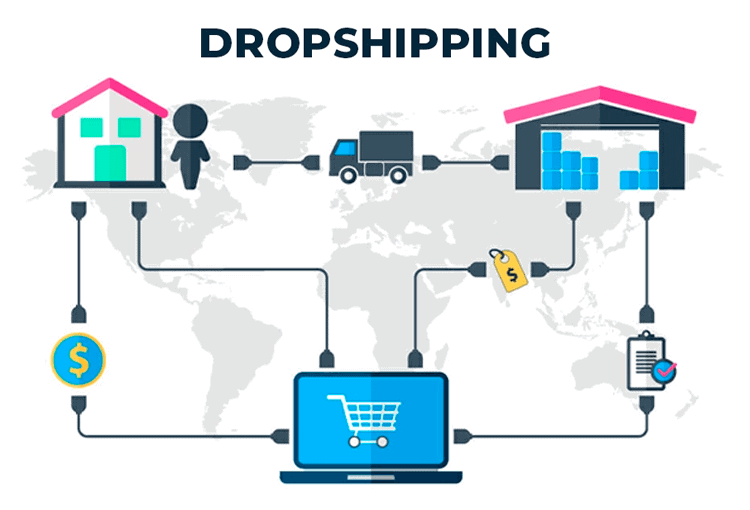
For example: I might list a trendy phone case on Amazon. Whenever someone buys it I would just order it from my supplier who’d ship it directly to the customer.
The best part is the buyer won’t know that you did not deliver the product. The OEM company will use your brand name on the product.
This model minimizes upfront costs and inventory risk. Moreover, dropshipping allows me to focus only on marketing as well as customer service rather than worrying about storage needs let alone shipping of goods.
Pros:
- No need to purchase inventory upfront or manage warehousing.
- You can offer a very wide selection of products.
Cons:
- Profit margins tend to be slim.
- You have limited control over inventory availability and shipping times
5. Amazon FBA vs Amazon FBM
Amazon FBA (Fulfillment by Amazon)
FBA Amazon is a manner of fulfillment where traders forward their goods to Amazon storehouses, and storage, packaging, shipping, and customer service are all handled by Amazon on behalf of sellers.
Pros of FBA
- Eligibility for Prime shipping, which can lead to increased sales
- Amazon handles customer service and returns
- Products are stored in Amazon’s warehouses
- Increased visibility in search results
Cons of FBA
- Higher fees compared to FBM, including storage and fulfillment fees
- Less control over inventory and packaging
- Potential for long-term storage fees if products don’t sell quickly
Amazon FBM (Fulfillment by Merchant)
With Amazon FBM, sellers list their products on Amazon but handle the storage, packing, shipping, and customer service themselves or through a third-party fulfillment service.
Pros of FBM
- Lower fees compared to FBA, as sellers don’t pay for Amazon’s storage and fulfillment services
- More control over inventory, packaging, and branding
- Ability to offer faster shipping times than FBA in some cases
Cons of FBM
- Products are not eligible for Prime shipping, which can impact sales
- Sellers are responsible for customer service and returns
- The time-consuming process of handling fulfillment in-house
6. What products sell on Amazon the most?
In 2023, according to a survey by Jungle Scout the top 10 most popular Amazon product categories among sellers were
- Home & Kitchen (35% of sellers)
- Beauty & Personal Care (26%)
- Toys & Games (22%)
- Clothing, Shoes & Jewelry (20%)
- Health, Household & Baby Care (19%)
- Sports & Outdoors (18%)
- Kitchen & Dining (17%)
- Office Products (16%)
- Garden & Outdoor (14%)
- Pet Supplies (13%)
NOTE: According to Amazon’s 2022 sales report, 60% of products were sold by third-party sellers, most of them small-to-medium sized companies. Third-party sellers generated 24% of Amazon’s revenue in Q3 2023, an 18% increase from the previous year. As a result, Amazon’s third-party sellers are getting bigger and bigger.
What do you think seeing these statistics? Is it possible to sell on Amazon and earn money in 2024? Math DON’T lie my dear friends.
7. Finding a Profitable Product
Conduct thorough product research
- Start by identifying your target market and understanding their needs and interests
- Research trending products on online marketplaces like Amazon, Etsy, and eBay
- Look for products with consistent demand and sales history
- Consider your own passions, experience, and ability to source the product
Analyze demand, competition, and profit potential
- Evaluate the market size and growth potential for the product
- Assess the competitive landscape and look for opportunities to differentiate
- Aim for products with high demand but lower competition
- Calculate profit margins factoring in all costs (product, shipping, fees, etc.)
- Look for products in the $20-$50 range to balance profitability and affordability
Use tools like Jungle Scout for data-driven insights
- Jungle Scout’s Product Database allows searching and filtering Amazon products by key metrics
- Analyze sales history, price, reviews, weight, and other criteria
- Identify high-demand, low-competition opportunities
- Estimate sales volumes and revenue potential for products
- Validate product ideas before investing in inventory
Expert Tips
- Avoid categories dominated by major brands
- Consider your own ability to market and differentiate the product
- Continuously monitor and adapt to market trends and customer needs
8. Criteria for Best-selling Products
Good profit margins
Your product should have a decent profit margin.
Sellers should target products that have at least a 20-30% margin after factoring in all costs (product price, shipping, fees, and marketing expenses). For example, if a product sells for $30 and costs $10 to source and ship, the profit margin would be about 67% making it a potentially lucrative option.
Fairly priced
The most popular items are usually fairly priced to make them affordable to many people. Products between $20-$50 seem to offer a combination of affordability and profitability.
This price point also encourages impulse buying without compromising on profitability. For instance, while providing healthy profits for sellers, a $25 kitchen gadget could appeal to many consumers.
Lightweight and small for FBA
In Amazon FBA (Fulfillment by Amazon), it is necessary to consider the size and weight of your products. Smaller lighter products are usually cheaper to ship and store which means more profit margins.
Additionally, smaller items take up less space in Amazon’s warehouses thus reducing storage fees. For instance, compared with bulky heavy furniture pieces, such as phone cases are relatively cheap to ship or store.
Niche or differentiated products
Niche or differentiated products fall within specific subsets of a larger market that offer unique features, benefits, or experiences distinguishing them from their more generic counterparts.
By concentrating on a well-known target audience together with their specific needs or preferences; businesses can create highly relevant products that are valuable only to this group of people.
Examples include allergy-friendly food products eco-friendly clothing high-performance gear made specifically for professional athletes. Niche brands often charge higher prices associated with brand loyalty among the customers they target.
Setting Up Your Amazon Seller Account
Creating an Amazon Seller Account
- Choose between an Individual or Professional selling plan based on your sales volume and business needs
- Provide necessary business information, including tax ID, bank account, and credit card
- Verify your identity through a phone call or by providing additional documents
- Set up two-factor authentication for added security
Optimizing Product Listings
- Titles, descriptions, images, bullet points
- Create clear, concise, and informative titles that include relevant keywords
- Write detailed, persuasive product descriptions that highlight key features and benefits
- Use high-quality images that showcase the product from multiple angles and in use
- Include bullet points to emphasize key selling points and technical specifications
Using relevant keywords
- Research and identify relevant keywords using tools like Amazon’s search bar, Google Keyword Planner, and Helium 10
- Incorporate keywords naturally into titles, descriptions, and bullet points
- Use long-tail keywords to target specific niches and reduce competition
Enhanced Brand Content (EBC)
- Utilize EBC to create visually appealing, informative product pages
- Add additional images, videos, and formatted text to showcase your brand and products
- Use EBC to tell your brand story, highlight unique selling points, and improve customer engagement
10. Product Fulfillment
To fulfill your products for Amazon business, you have two main options:
- Manufacturers Sending Products to Amazon Warehouse: The manufacturers of such goods can opt to send their items directly to the centers that are used by Amazon for fulfillment. This is a method that requires working closely with the manufacturer in order to deliver the right quantity of goods at the right time and have them delivered at Amazon’s required warehouses.
- Choosing Your Own Freight Forwarder: An alternative is choosing a freight forwarding company like Winsky Freight Forwarder based in China. Besides, it may be possible to get lower shipping rates from using a reliable freight forwarder as well as be able to manage the logistics process more effectively in this kind of choice. Using this approach gives you the capacity to control your delivery system thereby saving on cost and making operations more efficient.
At Winsky Freight Forwarder, our all-inclusive product fulfillment services guarantee timely delivery of your products in appropriate conditions in any of Amazon’s warehouses.
Our service quality adds value by ensuring efficient processing, packaging, and shipping based on guidelines provided by Amazon.
11. How to Source Products for Amazon FBA
- Choose how to get your products; retail arbitrage, online arbitrage, wholesale, private label or
- Check Amazon for popular items in your category such as best-sellers, reviews and competition.
- Use tools like Jungle Scout, Helium 10 and AMZScout to see if a product is in demand and profitable.
- Go to trade shows to meet companies that can sell you products.
- Look for manufacturers on websites like Alibaba, ThomasNet and Maker’s Row.
- Find products on eBay, Walmart or Etsy to sell on Amazon.
- Visit local stores looking for unique or discounted products that can be resold.
- Check the suppliers by asking them to give you some references and samples of their products.
- Calculate how much money you can make after all the costs are included in it?
- Pick out items costing between $10 and $50 so as to sell them!
- Pick out merchandise which is in high demand but not well represented at present.
- Try-out goods with small orders before buying a lot of them from sellers.
- Keep watching the market what customers want
- Use Amazon tools to see how much money you can make & what fees you’ll have.Accessory
- Make your product listings better with good words, pictures & descriptions
12. Amazon Advertising Strategies
Types of Amazon ads
Sponsored Products: Pay-per-click ads promoting individual product listings found in search results and on product detail pages.
Sponsored Brands: Banner ads that include your brand logo, custom headline, and several products located on the top of the search results page
Sponsored Display: Self-service display advertisements that use dynamically generated ad creatives to reach shoppers both on and off Amazon based on shopping signals
Targeting strategies
Keywords. Targeting Ads using keywords searched by customers while on Amazon.
Product/interest.Targeting specific products, categories, brands, price ranges, star ratings (Sponsored Display)
Audiences- Retarget shoppers who viewed your products or similar products or have purchased from you before (Sponsored Display)
Setting advertising budgets and bids
- Daily budgets are set at the campaign level
- Dynamic bids can move down only or they can go up and down. Or fixed bids for Sponsored Products
- For Sponsored Products, users may adjust their placement bid adjustments to be more aggressive at the top of search places for Sponsored Displays as well as set their bid according to their advertising cost of sales (ACoS) goal.
Tracking performance metrics
- Advertising Cost of Sale (ACoS): The amount spent on advertising for every revenue dollar generated.
- Return on Ad Spend (ROAS): The amount of money made from every dollar spent on advertising.
- Click-Through Rate (CTR): The percentage of ad impressions that result in a click.
- Conversion Rate: The percentage of clicks that lead to a sale.
- Cost-Per-Click (CPC): Amount spent per ad click.
Other tips
- Use automatic targeting for Sponsored Products to discover new relevant keywords and then add them as high performers to manual campaigns
- Employ negative keywords to avoid irrelevant traffic and wasted spend
- Adjust bids based on keyword/target performance – increase for high performers, decrease for low performers
- Use Sponsored Brand Videos and Store Spotlight ads to showcase your brand and engage shoppers
- Monitor search term reports to discover new keyword opportunities and add negative keywords.
Here is a video on how to sell on Amazon step-by-step guide:
13. Expanding to International Markets
Advantages of international sales on Amazon
- Access to millions of new customers around the world
- Spreads income streams and mitigates fluctuations in seasonality
- Take advantage of the global brand popularity and trust of Amazon
- Use the advanced global logistics network of Amazon
Finding Niche Markets with Low Competition
- Check for demand and competition in different Amazon marketplaces.
- Look out for high demand but few sellers competing in the market
- Take considerations on emerging Amazon markets like Australia, Singapore, or the Middle East.
- Look at top-selling products and categories in each marketplace.
International listing/shipping considerations
- Taking care that goods meet local regulations and standards
- Optimizing listings through language localization, content, and keywords.
- Determining which fulfillment strategy- FBA versus FBM-in each market.
- Knowing tax and customs duty implications for every country.
- Thinking about currency exchange as well as payment processing fees.
- Providing customer support using local languages on all these platforms.
14. FAQs
How to improve your Amazon conversion rate
Optimize product listings with compelling titles, descriptions, images, and keywords. Offer competitive pricing and promotions.
How to get reviews for your Amazon products?
Enroll in the Amazon Vine program. Use Amazon’s “Request a Review” button. Provide excellent products and customer service.
How much does it cost to sell on Amazon?
Individual selling plan: $0.99 per item sold. Professional selling plan: $39.99 per month plus referral fees of 6-45% of the selling price.
What are the most profitable niches to sell on Amazon in 2024?
Home & Kitchen, Beauty & Personal Care, Toys & Games, Pet Supplies, Baby Products, and niche electronics are some of the most profitable categories.
How to research and validate a profitable niche for Amazon in 2024?
Use Amazon best-seller lists, search suggestions, and tools like Jungle Scout to analyze demand, competition, price, and profit margins. Test products before investing heavily.
What are the emerging niches for Amazon FBA in 2024?
Eco-friendly products, home office equipment, health and wellness items, and smart home devices are some emerging niche opportunities.
How much money do you need to sell on Amazon?
Startup costs vary but typically range from $500-$3000 for private label. Factor in inventory, fees, shipping, and advertising expenses.
Last Words
In 2024, selling on Amazon remains an exciting opportunity for beginners to turn their entrepreneurial dreams into reality. While the journey may seem daunting at first, with the right mindset, skills, and determination, anyone can succeed in this dynamic marketplace.
Give yourself proper time to find a niche or a winning product. Do some online courses to learn how to research products. Learn the use of tools like Jungle Scout and others.
Last but not least, have patience and don’t invest all of your money at once. For the first few months, you would have to do some R&D.
When you find your winning product once, there is no coming back.
More Resources:

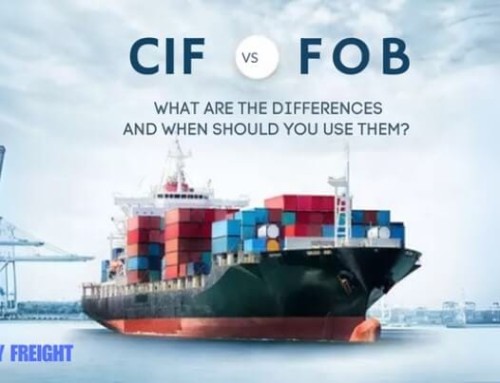
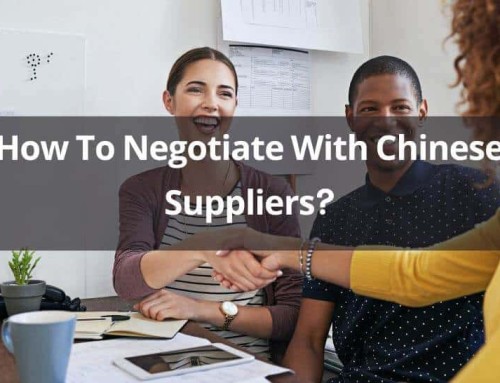
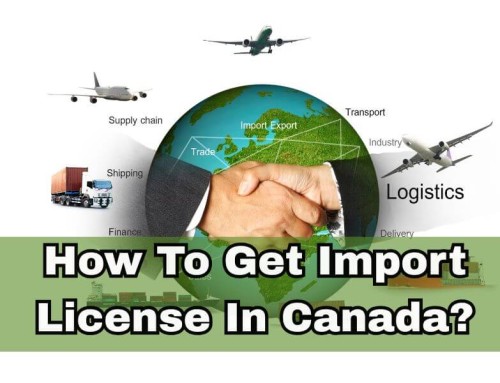
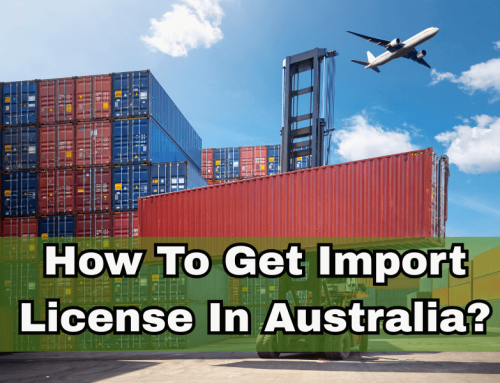
Leave A Comment